Artist Profile: Louis Lozowick
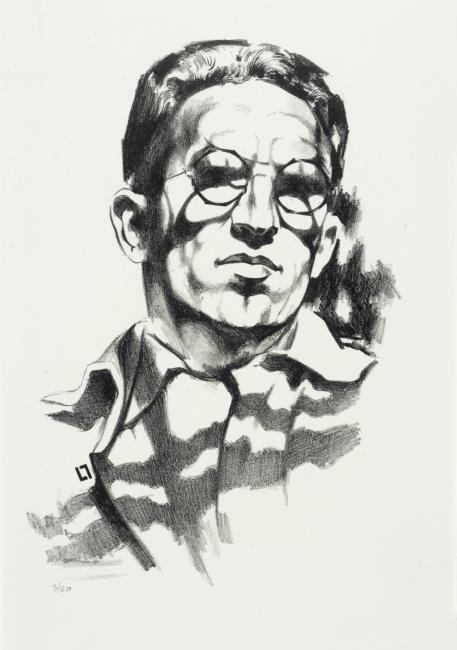
Louis Lozowick is known for his geometric and abstracted lithographs of New York City, although his work also included social themes. Often compared to Charles Sheeler and the Precisionists, his stylistic influences changed over the years, but his emphasis stayed the same: the celebration of the power of men and machines. Here Sarah McMillan, a cataloguer for our prints and drawings department, gives an overview of the artist’s career and style.
Image Courtesy of Smithsonian American Art Museum
Early Life
Lozowick was born in Ludvinovka, a small village near Kiev in 1892. One of six children, he moved from his village to the larger city of Kiev as a child with his older brother. In 1903, he enrolled in the Kiev Art School where he learned the traditional tenets of drawing and studied with traditional realist Russian artists, like Ilya Repin. A curious student, he went beyond his curriculum to study artists who were pushing the boundaries of artistic expression, such as Aubrey Beardsley and Edward Burne-Jones.
His life changed, however, when his brother was arrested shortly before the Revolution of 1905. Once out of prison, Lozowick’s brother forged papers to move to New York and then sent for his younger brother, who, at fourteen, undertook an illegal border crossing, ultimately arriving at Ellis Island in 1906.
New York was an overwhelming vision for a teenager arriving from Eastern Europe. He settled in New Jersey, got a job at a factory, and learned English. He continued his studies, at the National Academy of Design, taking courses with Emil Carlsen and Leon Kroll. They pushed Lozowick to seek a personal viewpoint in his artwork beyond the traditional training. He took a break from making art while he was a student at Ohio State University and joined the army during World War I.
Travels & Embracing Lithography
Between 1920 and 1924 Lozowick traveled throughout Europe. Having seen many of the European Modernists at the 1913 Armory show, he spent his time in Europe meeting Modern artists and enmeshing himself into artistic and cultural communities. Traveling to major art capitals such as Paris and Berlin, he admired the work of Juan Gris and Fernand Léger. He was drawn to the Russian Constructivists and met El Lissitsky and others, exhibiting with them in 1922 in Düsseldorf. In 1923, Lozowick was introduced to lithography.
When he returned to New York, he experimented further with the medium. At the time, lithography was still an underrated technique amongst printmakers. Its popularity at the time languished due to the scant professional lithography workshops in the United States. Etching was the preferred process, and the subject matter tended towards genre or landscape views. Lozowick was among a small group of artists, including Jan Matulka and Howard Cook, who depicted the industrial city. His early works show the influence of the Modernist movements he had observed and experienced in Europe. He was particularly drawn to Cubist and Futurist styles. Embracing these European movements while choosing specifically American subject matter was typical of Precisionism, and while artists like Sheeler and Ralston Crawford never organized, they shared the approach of paring down their compositions to the simplest of forms.
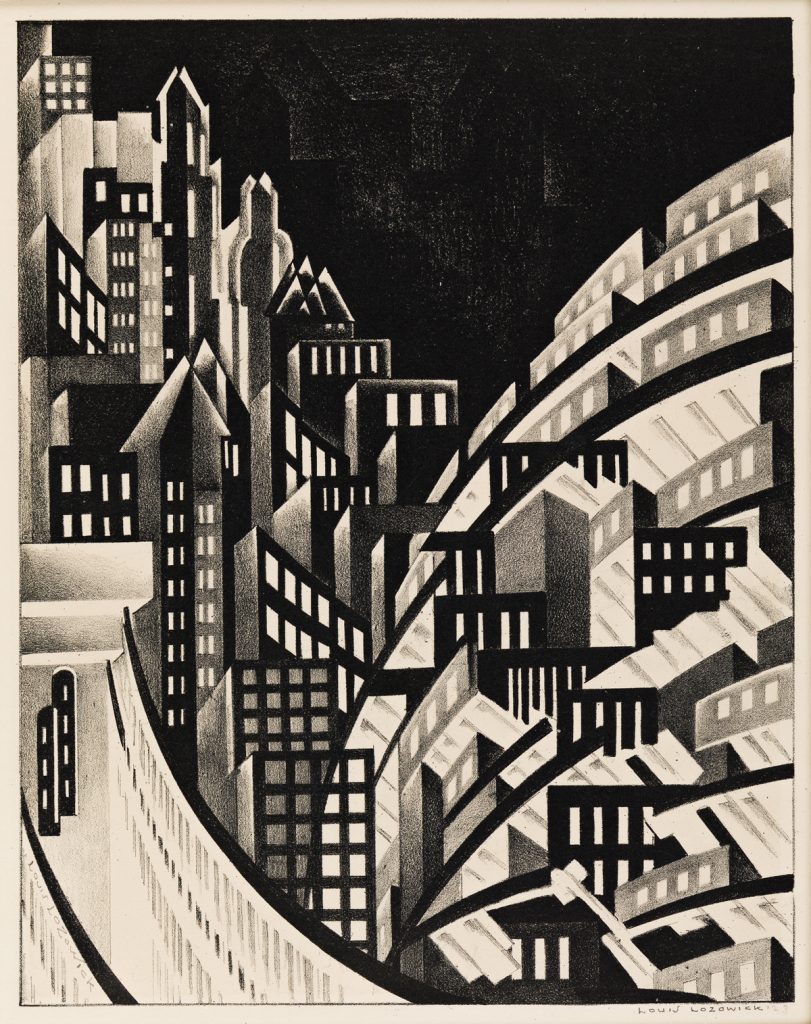
New York, considered one of Lozowick’s early masterpieces, shows Futurist influence. He created this composition from memory, recalling an elevated line that made a sharp turn along West 109th street that the artist observed when he was a student at the National Academy. Replacing the line of the train with the Brooklyn Bridge and curving skyscrapers, Lozowick captured the dynamism of the city.
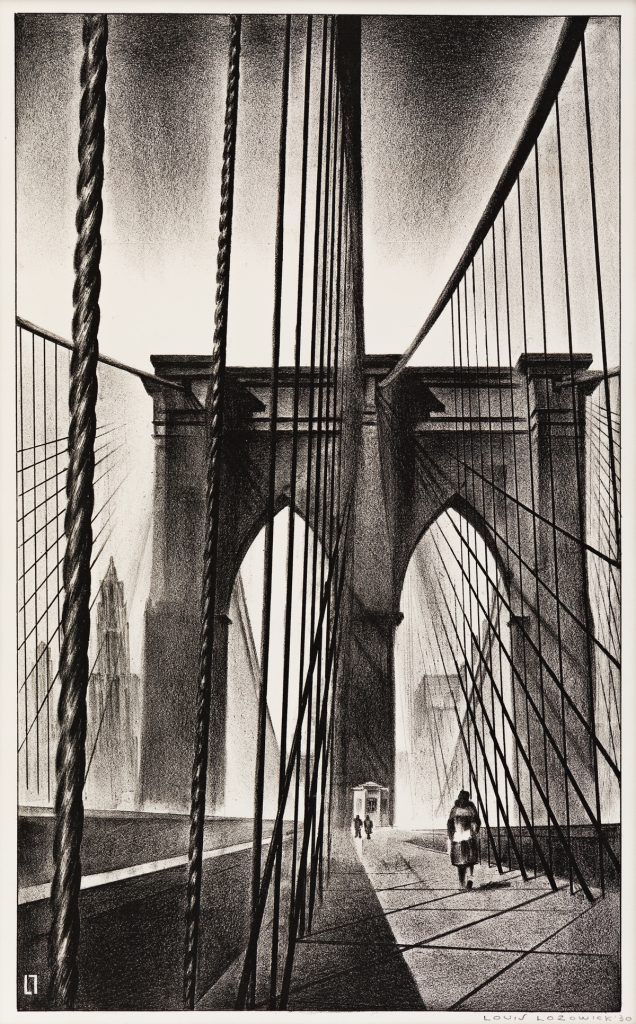
The late 1920s were a very productive time in his career as a printmaker. From 1928 to 1930 he created more than 70 lithographs. He also became acquainted with the Weyhe Gallery in New York, who encouraged Lozowick to continue working in lithography and gave him his first lithograph-only exhibition in 1929.
The Later Years
After the fall of the stock market and as the country turned towards despair in the 1930s, Lozowick adapted his concept of the city. It was not longer the aspirational place of opportunity. Along with many artists, he turned toward depicting the social reality of its residents who were affected by the Depression. Figures within his works were no longer passive objects—they took precedence over the urban environment. During this time he also worked for public programs that supported artists, such as the New York Graphic Arts Division of the W.P.A. and the Treasury Relief Art Project.
Related Reading: Etched in History: Printmakers of the Federal Art Project
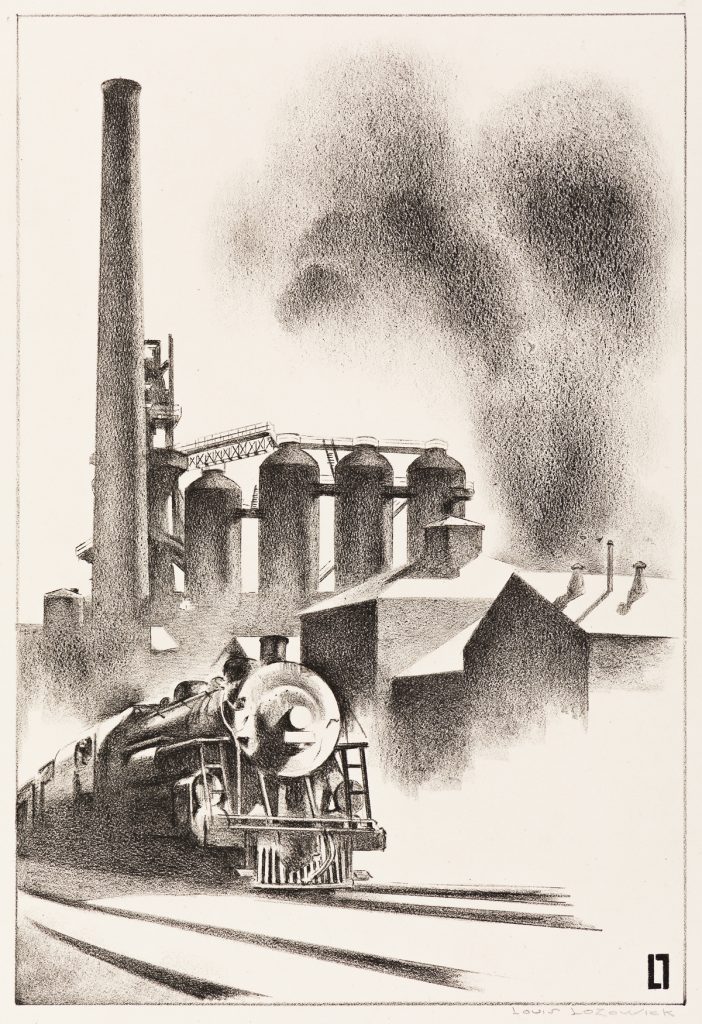
After he married and welcomed a son in 1943, his work often reflected the domestic joy in his life. However, the city remained his primary subject matter, and he reflected in 1943, “From the innumerable choices which our complex and tradition-laden civilization presents to the artist, I have chosen one which seems to suit my training and temperament. I might characterize it this: ‘Industry harnessed by Man for the Benefit of Mankind.’”
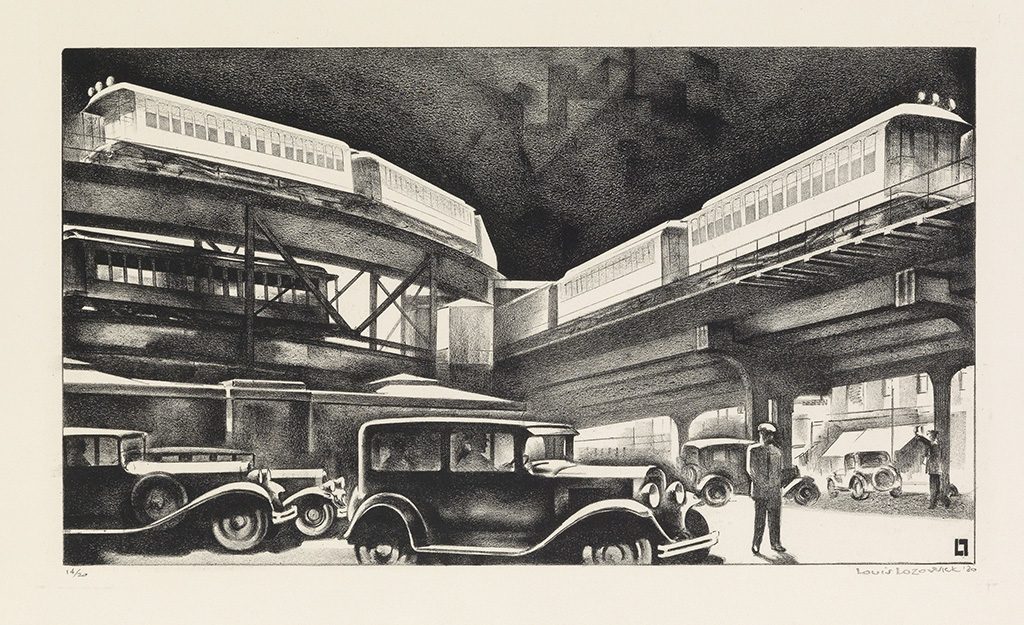
Collectors of American art continue to value Lozowick’s artwork today. The lithographs from his prolific period in 1920s are the most desirable on the market for their visually striking and simple yet bold forms that illustrate the power and hope of industry and the city. The record for one of his prints is Traffic, which sold at Swann, September 23, 2014 for $42,500, and illustrates a busy cross section of elevated trains, cars and pedestrians. His drawings and paintings come to the auction market with less frequency than his prints, but his more coveted original works echo the popularity of his prints and show the Cubist and Futurist influences from early in his career.
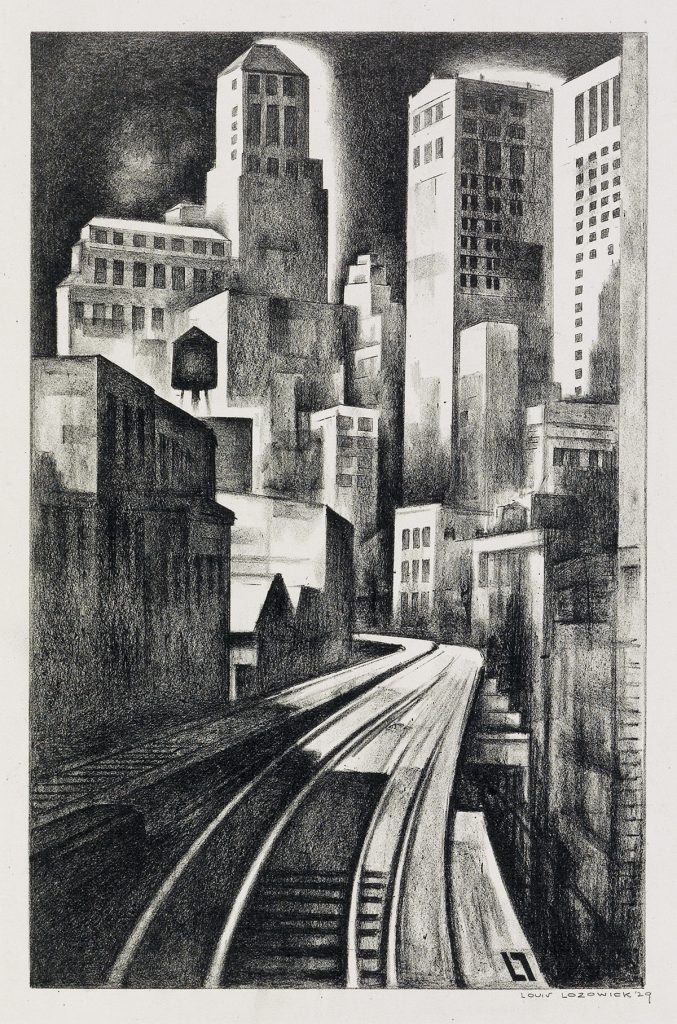
Further Reading by Sarah McMillan: A Brief History of the Color Woodcut
Do you have a work by Louis Lozowick we should take a look at?
Learn about how to consign to an auction, and send us a note about your item.
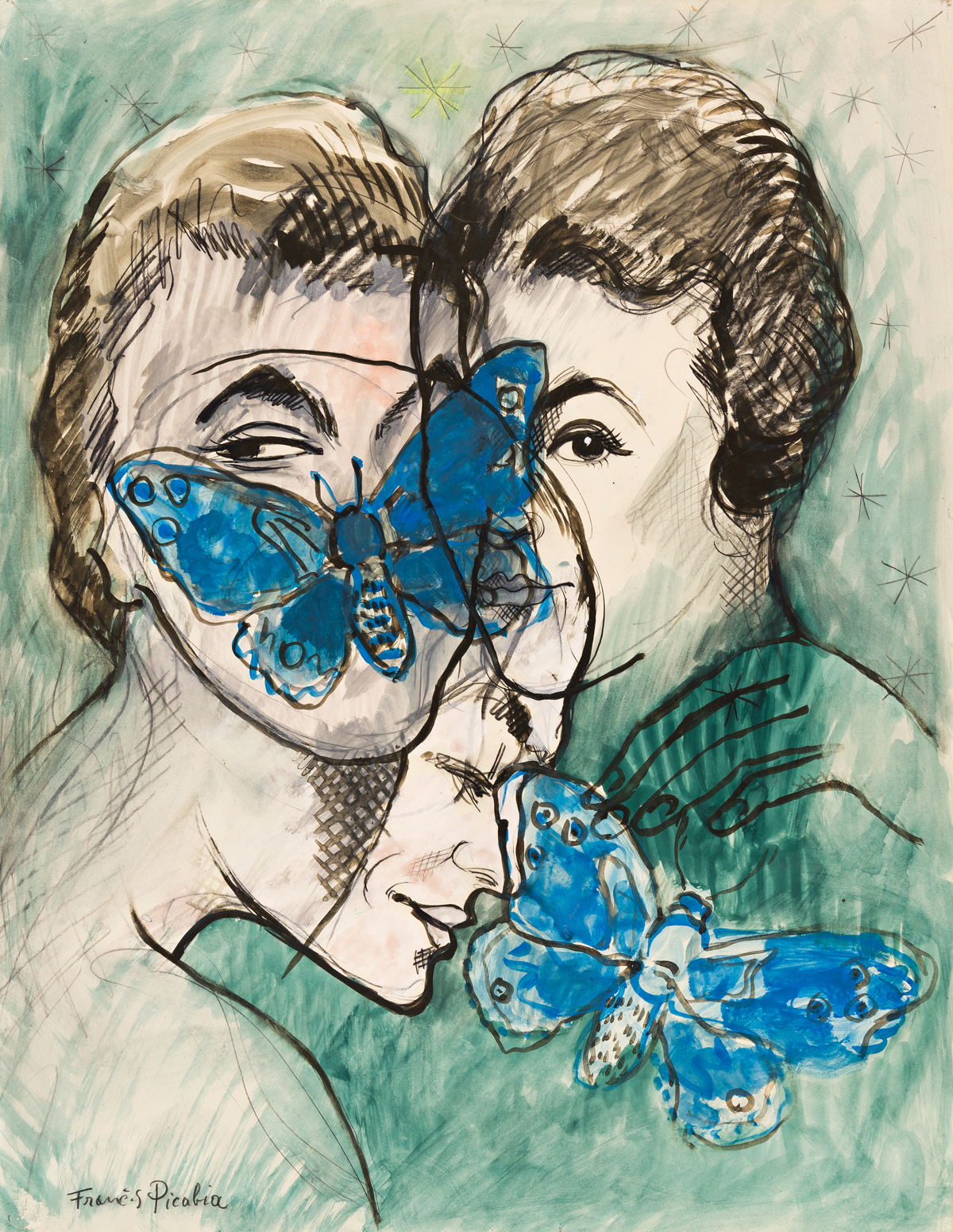
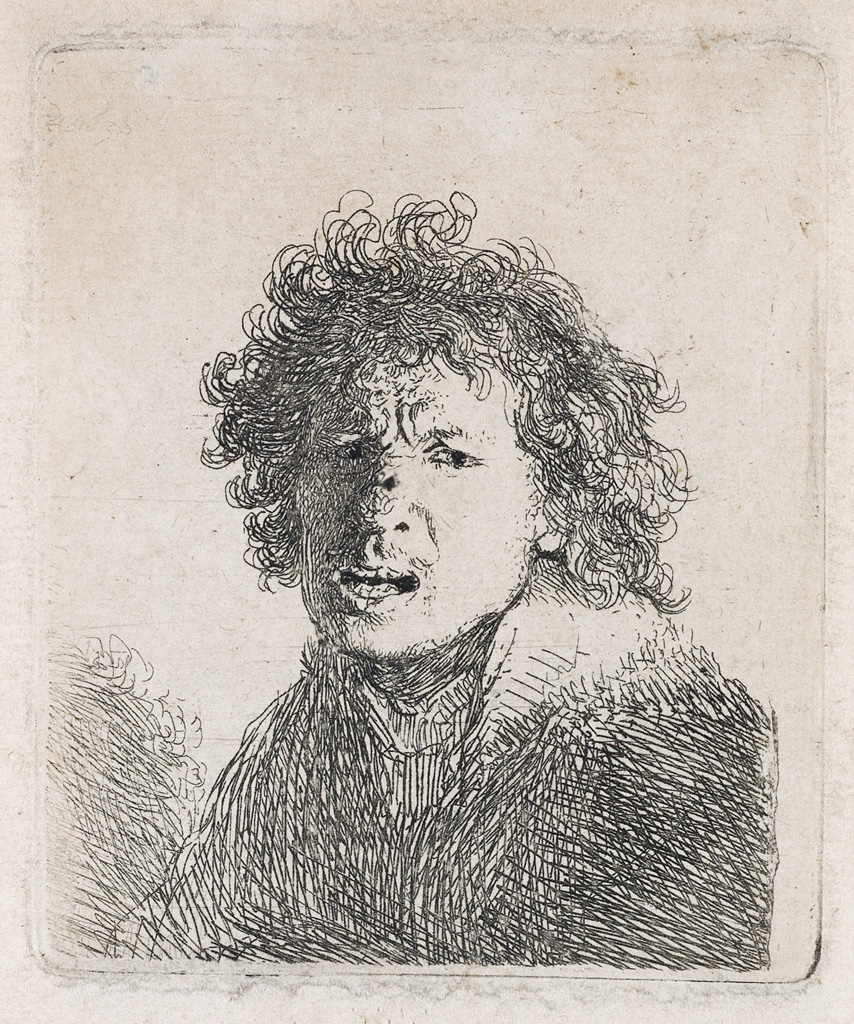
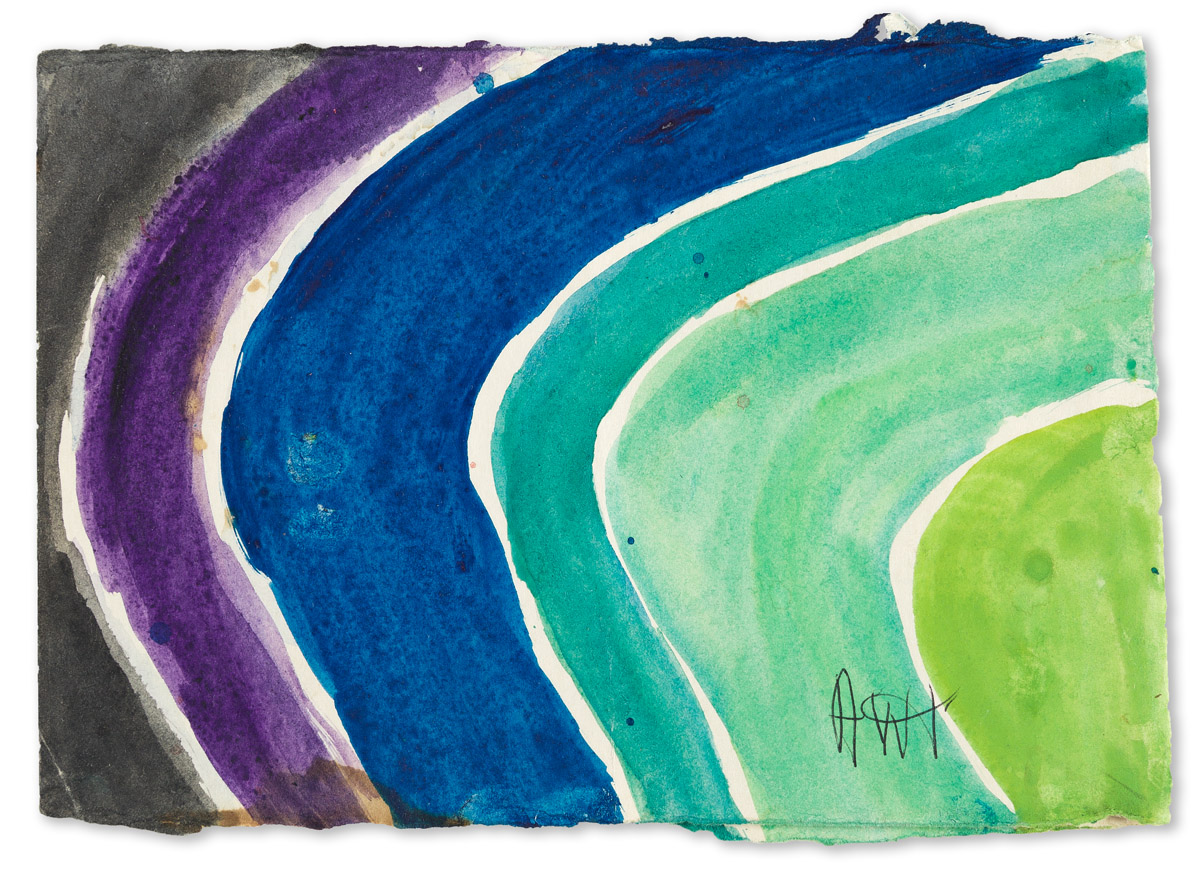






![Grace Meschery-McCormack shares about two copies of Fernando de Rojas’s ‘La Célestine,’ including a limited edition copy illustrated by Pablo Picasso.
At auction April 22. Learn more about the works at the link in our bio.
#Rarebooks #rarebookdealer #antiquarianbooks #auctions
_______________________________________
Music Credit:
Schubert - Piano Quintet in A major ‘The Trout’, D. 667 - IV. Andantino – Allegretto
Music provided by Classical Music Copyright Free on Youtube [https://tinyurl.com/visit-cmcf]
Watch: • Schubert - Piano Quintet in A major ‘...]](https://scontent-iad3-1.cdninstagram.com/v/t51.75761-15/491443494_18499096345036585_5935932878956098058_n.jpg?stp=dst-jpg_e35_tt6&_nc_cat=107&ccb=1-7&_nc_sid=18de74&_nc_ohc=AZ-awqelOZgQ7kNvwFA19hE&_nc_oc=AdkZVODYB5VxTPck7kaEV8QTzHwvQLzaAjo_r9W39mgpTAk2Ix_Bp7bj2bTOpAdxWZY&_nc_zt=23&_nc_ht=scontent-iad3-1.cdninstagram.com&edm=AM6HXa8EAAAA&_nc_gid=WYEcU6gC5TqWZD5uMxPhZg&oh=00_AfGiGi_LSZupgOmG9-F7SuCrqswGM5UOV8BXCEkXVaN-Cw&oe=680DB7D1)








